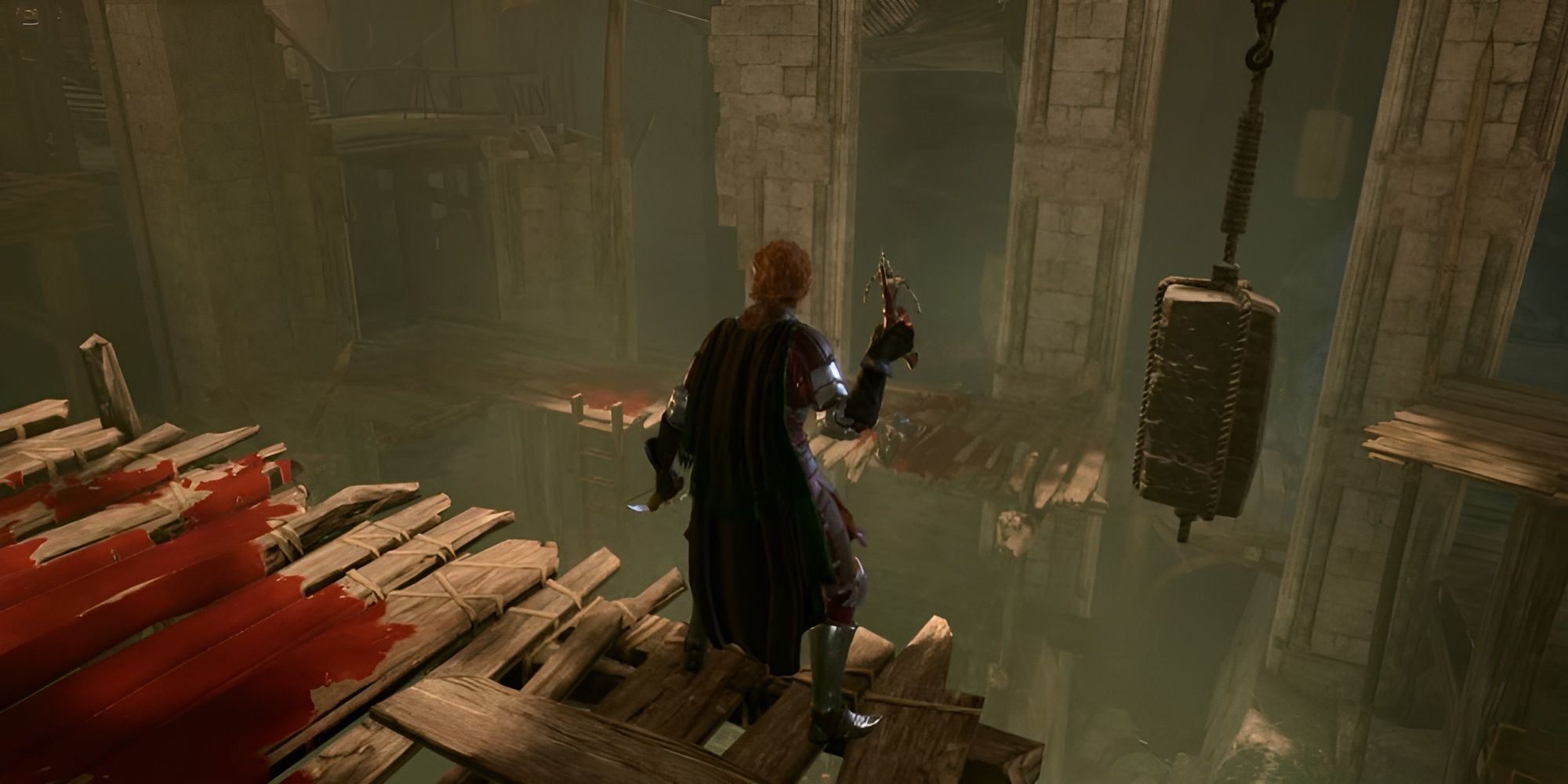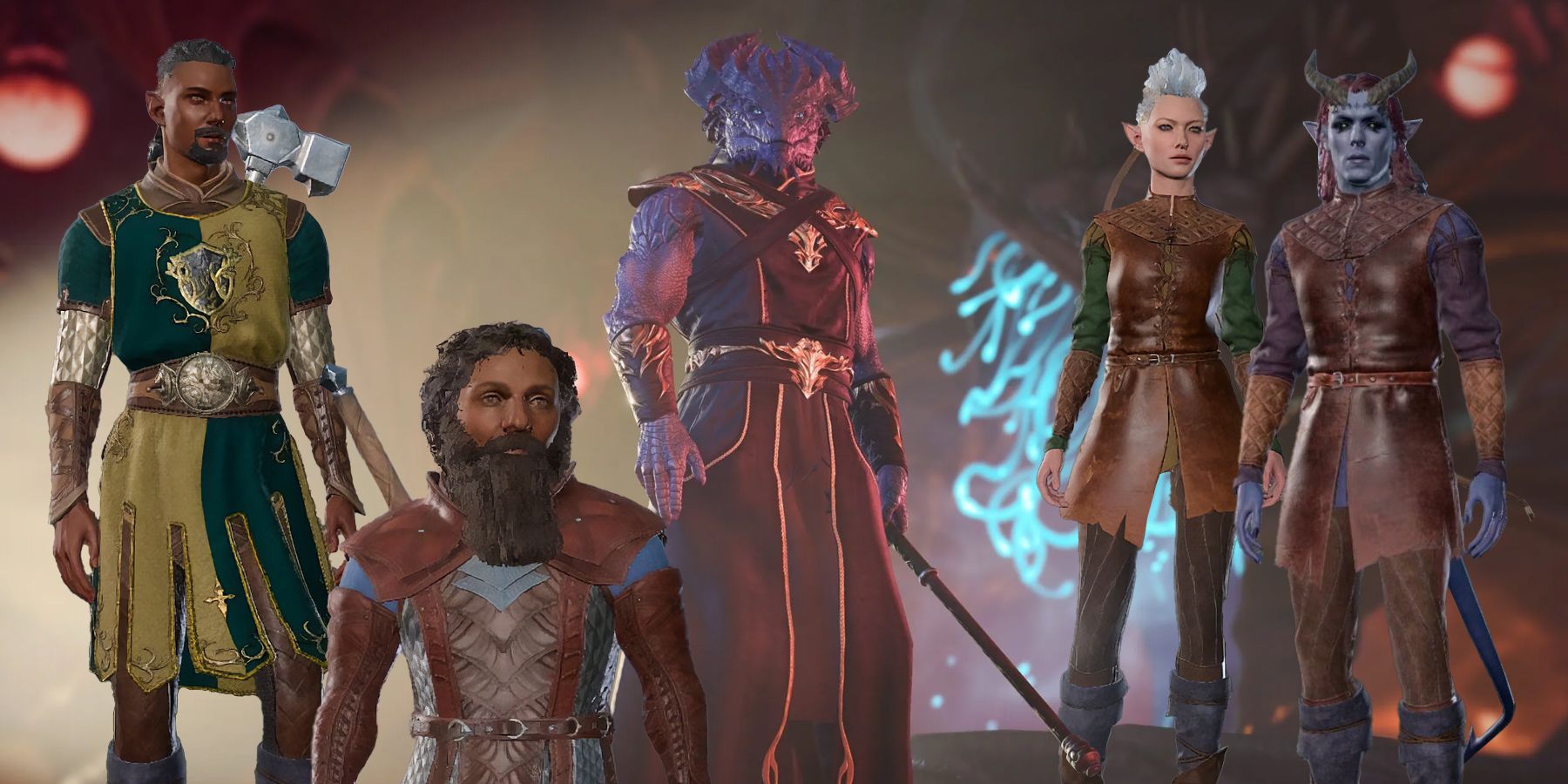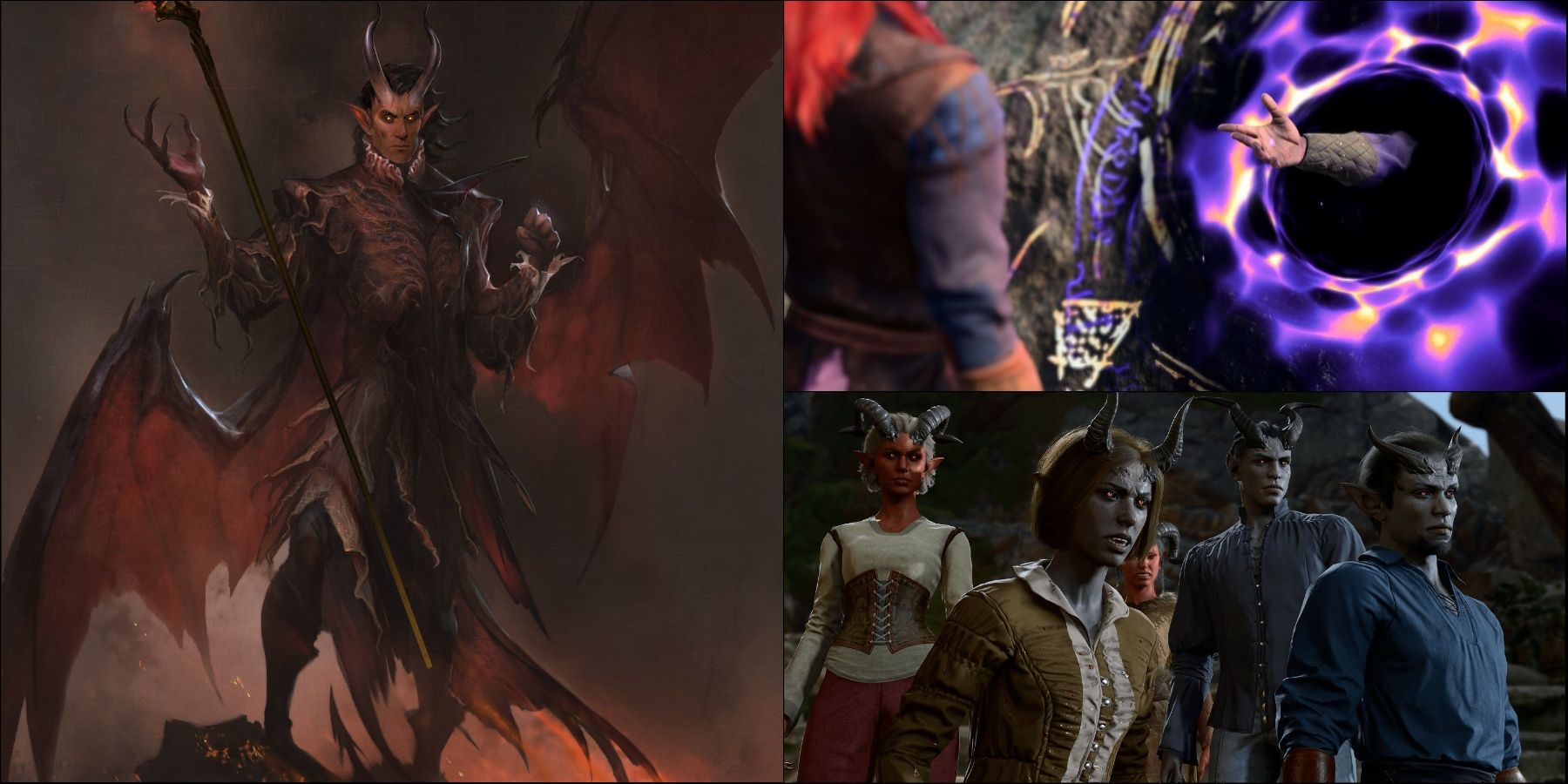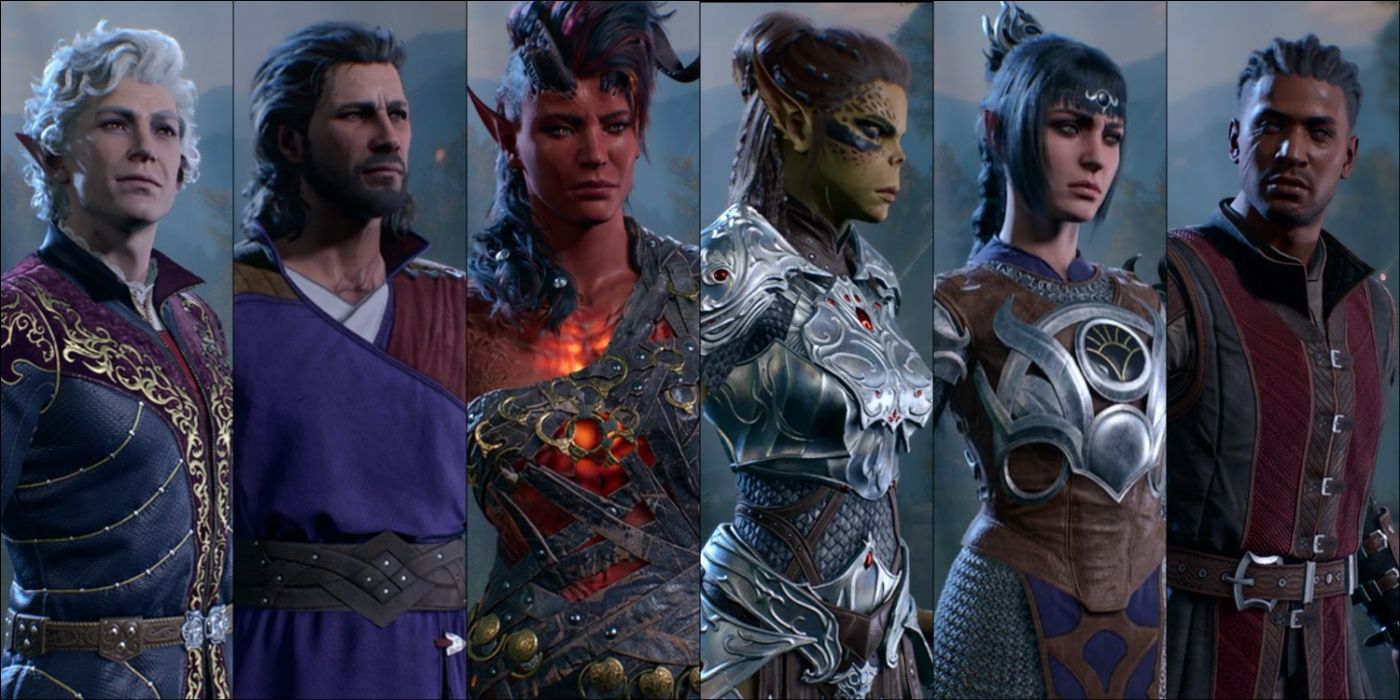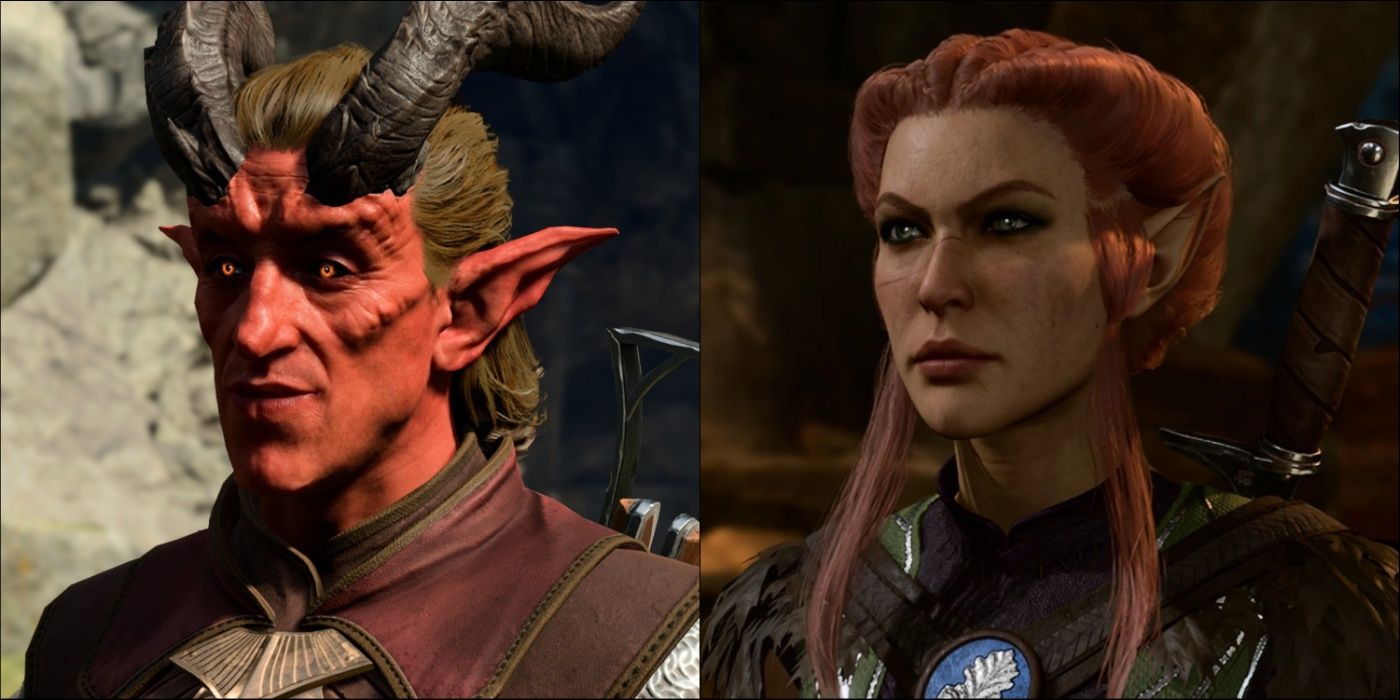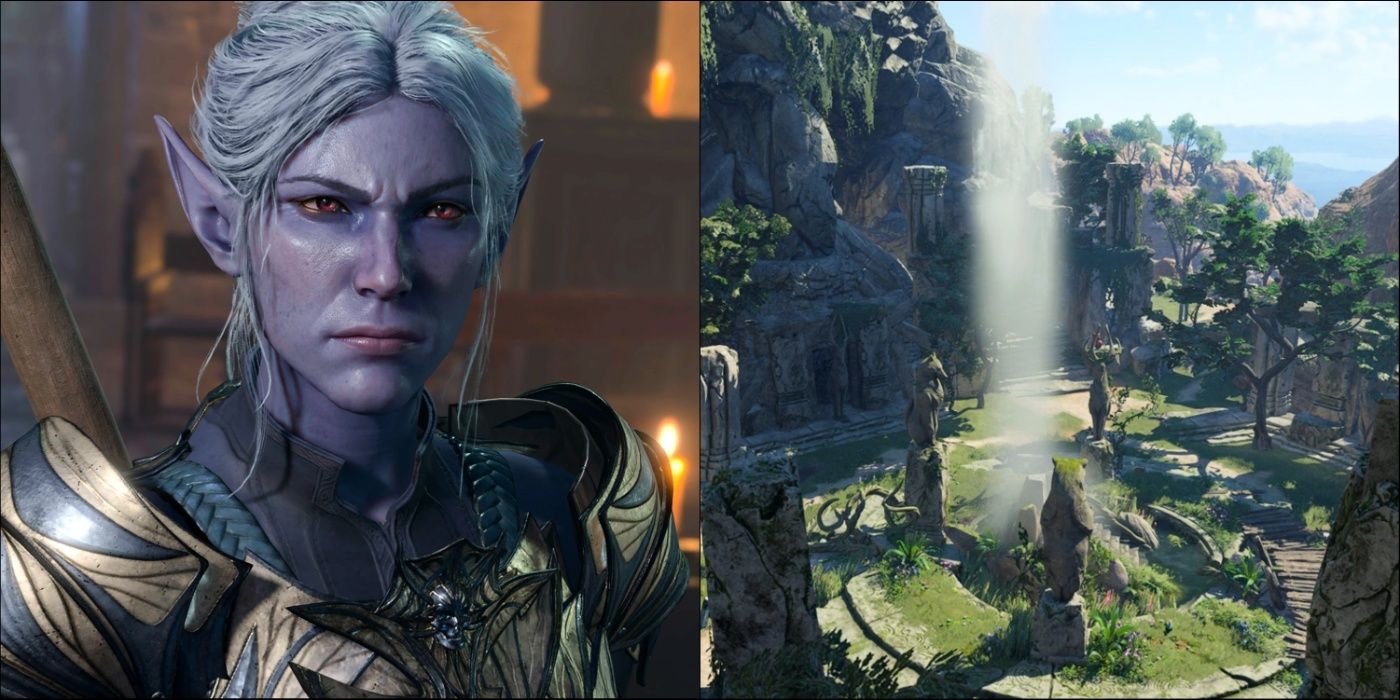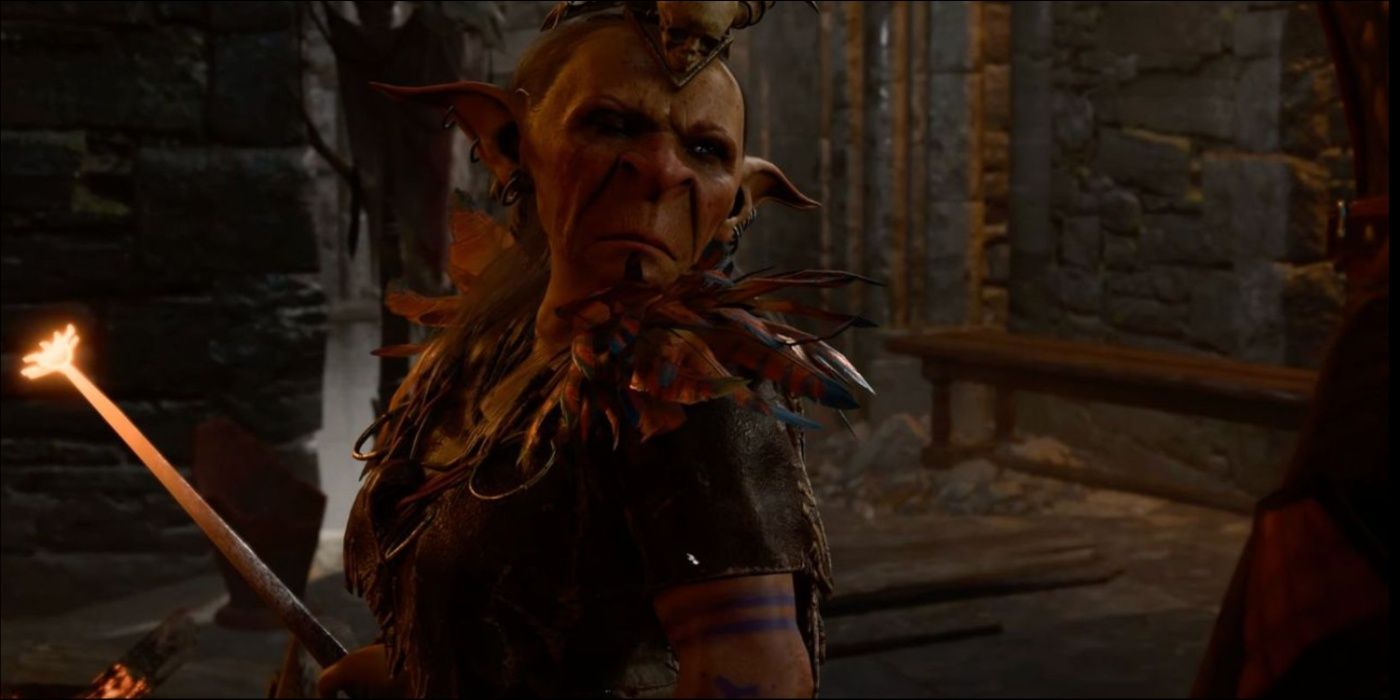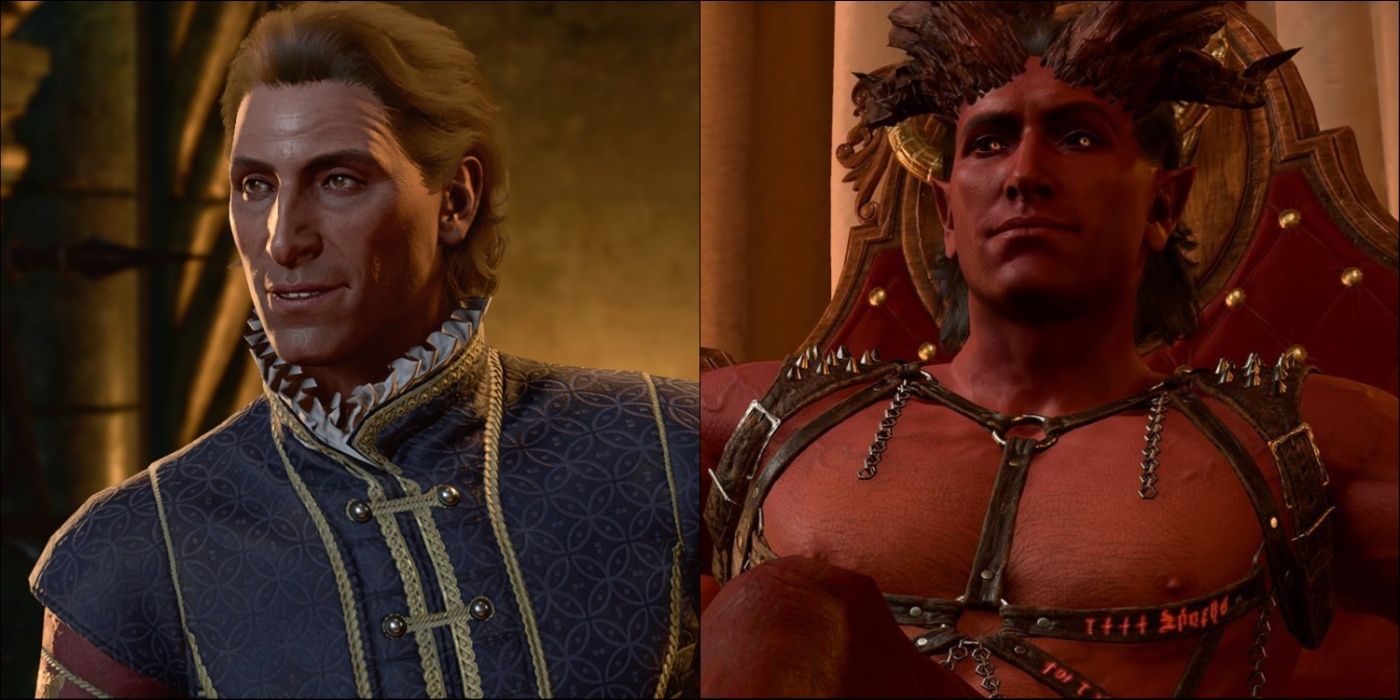Highlights
- Baldur's Gate 3 offers players countless choices that actually matter, ensuring a unique experience each playthrough.
Baldur's Gate 3 is redefining what it means to be a roleplaying game, as it goes above and beyond to present players with innumerable choices and ensures that their decisions indeed matter. Everything a player does, every choice they make — even those made in character creation — impacts the game somehow, guaranteeing a new experience with every playthrough. Some decisions, however, carry much more weight and prove irreversible once made, such as those critical choices players can make in the beginning part of the game.
Baldur's Gate 3 begins its story with Act 1, an eventful introduction that establishes the plot, immerses players in the world, and acts as a tutorial. This part sees the humble yet destiny-tied beginnings of the character and their party that will define who they are and the path they will follow. As such, Act 1 presents players with some of the most important choices in Baldur's Gate 3, actions that will forever change the progression and outcome of the story. So, it will behoove players to know these vital decisions and how they can affect them.
5 Take Or Leave (Or Kill) Companions
Baldur's Gate 3 introduces several companions to players in Act 1: Astarion, Gale, Karlach, Lae'Zel, Shadowheart, and Wyll. These six distinct individuals can join players on their journey to uncover the mystery behind the mind flayer tadpoles in their heads and the larger plot behind them. However, despite the game encouraging them to forge alliances, players can choose to take or leave whichever companion they want — they may even kill select companions should they desire, a cruel option but an option nonetheless.
While taking or leaving particular companions seems a trivial choice, initially, it is one paramount to the story's outcome. Unlike companions that appear in later acts, the six that players meet in Act 1 are involved heavily in the story, and their presence alone makes the difference in what players experience and the options available to them. Entire portions of the narrative, select quests, and dialogue interactions depend on whether particular companions are present, so players should consider who they take or leave (or kill) more carefully.
4 Help Or Kick Out The Refugees
The first crucial decision players encounter in Act 1 involves a group of tiefling refugees from Elturel who are taking shelter in the druid settlement known as the Emerald Grove. The de facto leader of the druids, Kagha, wants the refugees to leave despite the dangers beyond the Emerald Grove. The head of the tiefling refugees, Zevlor, refuses to vacate until it is safe for him and his people. Both authority figures will beseech players for their aid, charging them with the choice of helping or kicking out the hapless tiefling refugees.
The fate of the refugees has long-term implications for the plot, as they can reappear later in the story, depending on the specifics of a player's choice. There are various ways to help or kick out the refugees; some involve more peaceful means, while others are more hostile and can result in the death of the refugees or the druids. The player's actions in this decision can lock out particular companions, prevent entire quest lines, and deny them certain rewards or information. Players should give much thought to this choice.
3 Save Or Destroy The Emerald Grove
Another vital choice tied to the Emerald Grove involves the Cult of the Absolute, the mind flayer tadpole-ridden devotees of a mysterious deity known as the Absolute. The Cult of the Absolute threatens the safety of the Emerald Grove as the budding cultists prepare for an attack on the sanctuary, causing much of the strife and conflict between the refugees and the druids. Players can save the refugees and the druids by eliminating this cult sect's leaders before their assault or join the Cult of the Absolute on their raid against the Emerald Grove.
Siding with or against the Emerald Grove defines players' allegiance — whether genuine or not — for the remainder of the story. This choice determines whether players are allies or enemies of the Cult of the Absolute; whatever side players pick will fundamentally change the story, setting them on the path of good or evil. The decision to ally with or rally against the Emerald Grove will inspire new events and make enemies of allies and vice versa. The effects of this choice will cement the narrative, making it one that players should not make lightly.
2 Accept Or Reject The Mark Of The Absolute
Should players investigate the goblin camp housing the Cult of the Absolute, they will find that three leaders head it, one of whom is a goblin named Priestess Gut. Speaking with this demented follower of the Absolute reveals much about the group and its dogma, and should Priestess Gut trust them, she will offer players the Mark of the Absolute, a brand denoting their allegiance to the Cult of the Absolute. Players can accept or refuse this marking; however, their decision will not determine their loyalty, instead having other lasting effects on the game.
Branding or not branding oneself with the Mark of the Absolute is an affecting decision with lasting mechanical and narrative consequences. The brand paints players as disciples of the Absolute and grants those with it the ability to masquerade as cultists and use select items of the cult. However, many will outright distrust or deny players aid for simply bearing the Mark of the Absolute. Being what is essentially a tattoo that will forever stain their character, players should think carefully if the marking serves their interests enough to be worthwhile.
1 Accept Or Reject Raphael's Deal
Early in Act 1, players encounter a devilishly dressed man with a silver tongue and unholy charm named Raphael. Speaking with him reveals that he is, in fact, a devil who desires to cure players of their tadpole situation in turn for a favor. Raphael is not to be trusted, a fact that the game makes obvious in case players are not as discerning as they should be, but even so, players have the option to accept or refuse his deal. It proves a challenging choice considering what the devil has to offer and what he has to gain.
Raphael approaches players with this deal throughout the story, making this decision seem less vital, but making a decision this early has a lasting impact on what they can achieve. Accepting or rejecting his tempting offer can grant or close future avenues for progressing the story or handling particular quests, as he can provide a boon and his trust, which players can exploit throughout the narrative. Whether players aim to follow this contract through or break it, their initial decision to accept or reject Raphael's offer can change the game significantly.
Baldur's Gate 3 is available for PC, with a PS5 release on September 6 and an Xbox launch to follow.

